By Duong Thi Ha, Museum of Da Nang
Dong Dinh Museum is located on an area of 10,000 square meters in Son Tra Peninsula, Da Nang City. The museum officially opened in 2011, becoming the first private museum in Da Nang City as well as in the central region of Vietnam.
Dong Dinh Museum is like a garden pavilion house with an architectural complex that is appreciated for its harmony and respect for nature. The museum is named after Dong Dinh tree (Caryota Mitilour), a popular tree growing on Son Tra National Forest. The museum owner, Mr. Doan Huy Giao, is a documentary film director who has collected valuable antiques for a long time and devoted effort to the construction of this museum.
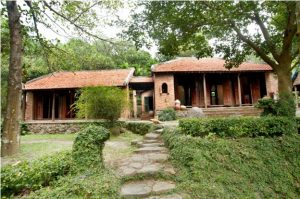
Photo 1: The two Ruong houses display antiquities. Source: Dong Dinh Museum
The exhibition space here consists of four main areas: antiquities exhibition area, fine art gallery, fishing village memory house, and ethnographic display area. Each area has its own characteristics that bring deep impressions to visitors. Antiquities are displayed in two Ruong houses, a type of local traditional house. The art gallery is designed in a three-room house with different heights and lows depending on the terrain of the land, and especially, large rocks penetrate the interior of the house as natural artworks themselves. A special house named “memories of a fishing village” displays artifacts and photos taken in the years 1908-1910 about Nam Tho, an ancient fishing village also the hometown of Mr. Giao. The ethnographic space presents artifacts collected from ethnic minority villages in the Central – Central Highlands region, and displayed alternately with other functional works, creating effects compatible with the surrounding natural landscape. With a peaceful space and unique collections, after ten years of operation, Dong Dinh Museum has become a famous cultural attraction in Da Nang City, which is loved by tourists and locals, especially on weekends.
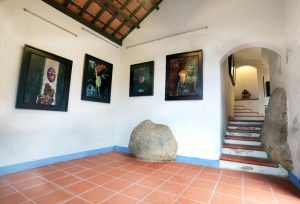
Photo 2: The art gallery. Source: Dong Dinh Museum
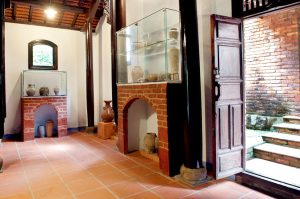
Photo 3: The antiquities exhibition. Source: Dong Dinh Museum
The characteristic that makes this museum being attractive to visitors is the way memories are presented through the collections on the exhibition. Obviously, this is an individual story and memory of the museum owner, but it represents the memory of the community. For example, from the memory pieces in the exhibition space about Nam Tho fishing village, which always holds an important position in Mr. Giao’s mind, visitors can see there the historical story of a small ancient fishing village along the coast of Da Nang. Artifacts are displayed in a simple house of fishermen, in relation to the outside landscape, making the re-enactment of memories becomes alive and attractive.
In addition, the exhibition itinerary does not follow a chronological order but adheres to the emotional line based on memories in the separate corners of a traditional wooden house such as kitchen corner, corridor, garden area, etc. This makes the display messages becoming natural, rustic, and close to the public. This is also the aspect that makes Dong Dinh Museum different from state museums in Da Nang city, where historical memories are mostly presented in the sequence of historical periods associated with the country’s history.

Photo 4: Working space of the museum director, Mr Doan Huy Giao. Source: Dong Dinh Museum
The establishment of private museums in Vietnam has created opportunities for the public to enjoy the precious collections of collectors. Depending on the type, private museums offer different experiences for visitors. In the case of the Dong Dinh Museum, the representation of the owner’s memories in harmony with nature surrounding has turned this destination into a memory garden of the wide public.
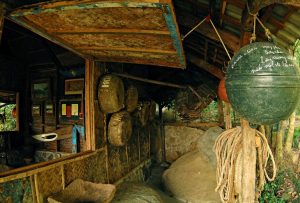
Photo 5: The memory of an ancient fishing village. Source: My Dung
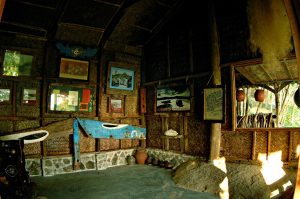
Photo 6: The memory of an ancient fishing village. Source: My Dung
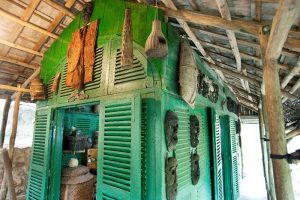
Photo 7: The ethnology exhibition space. Source: Dong Dinh Museum